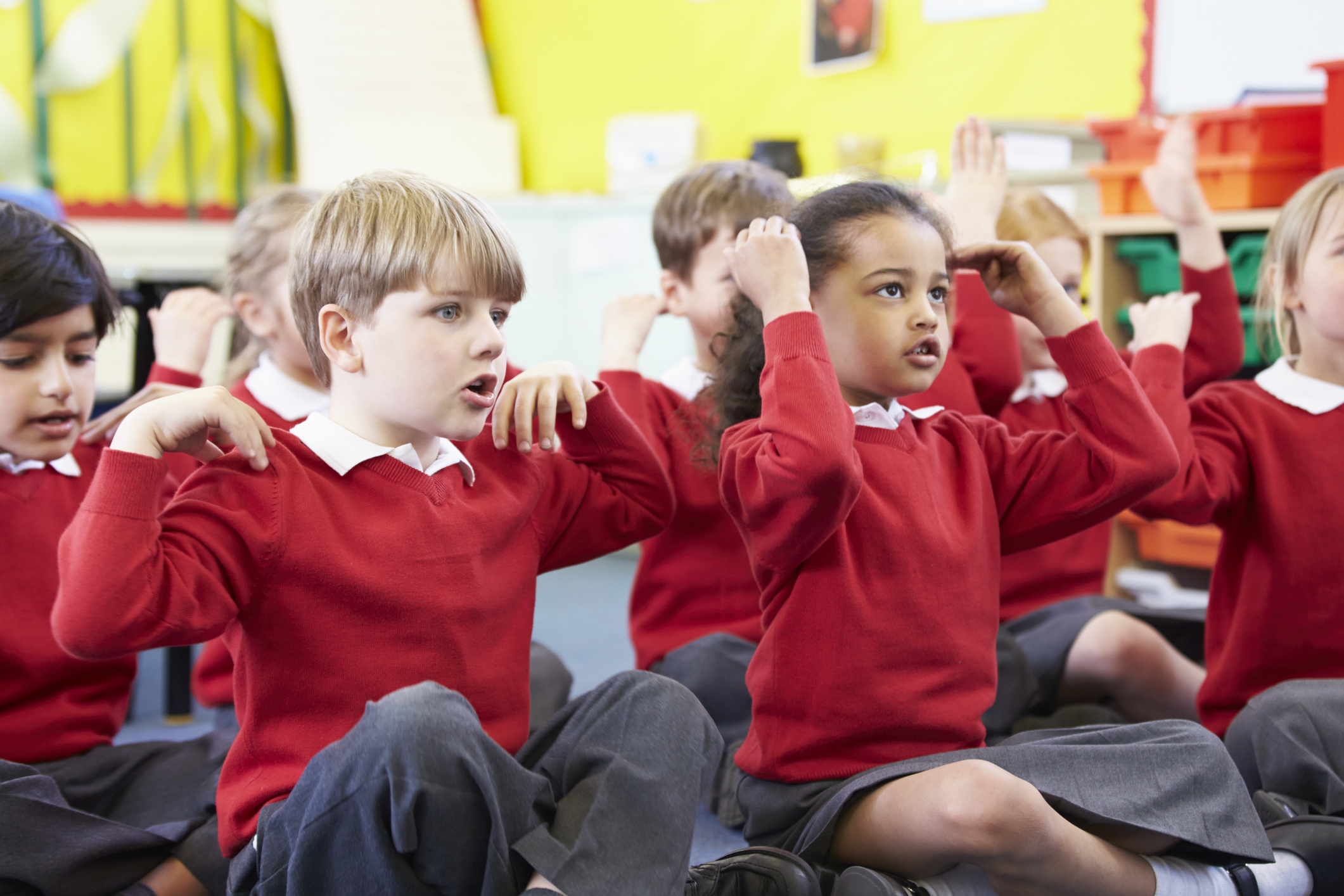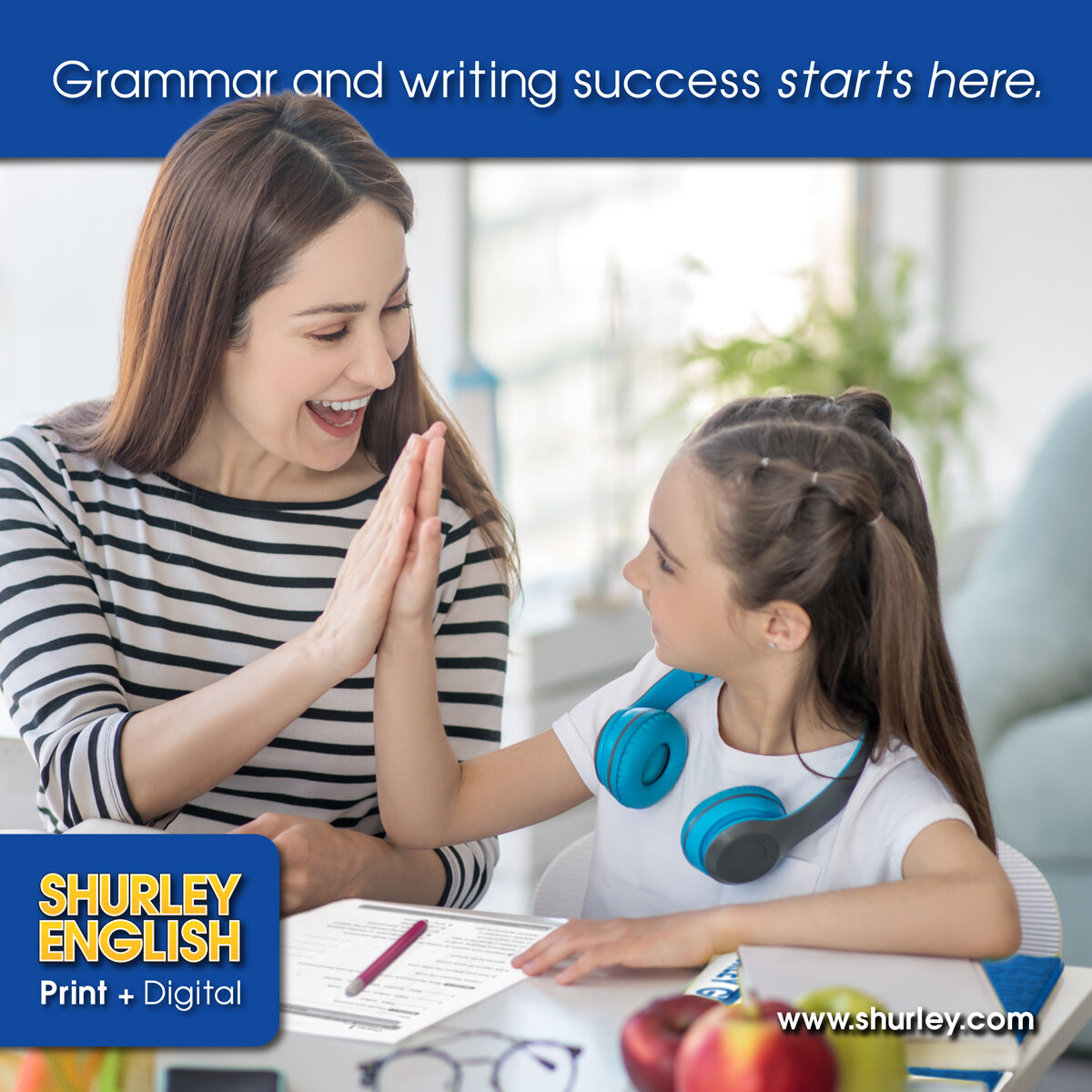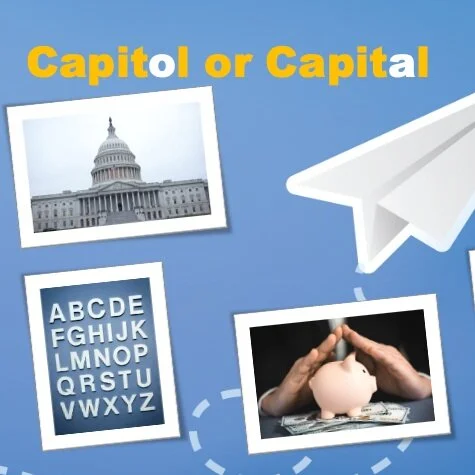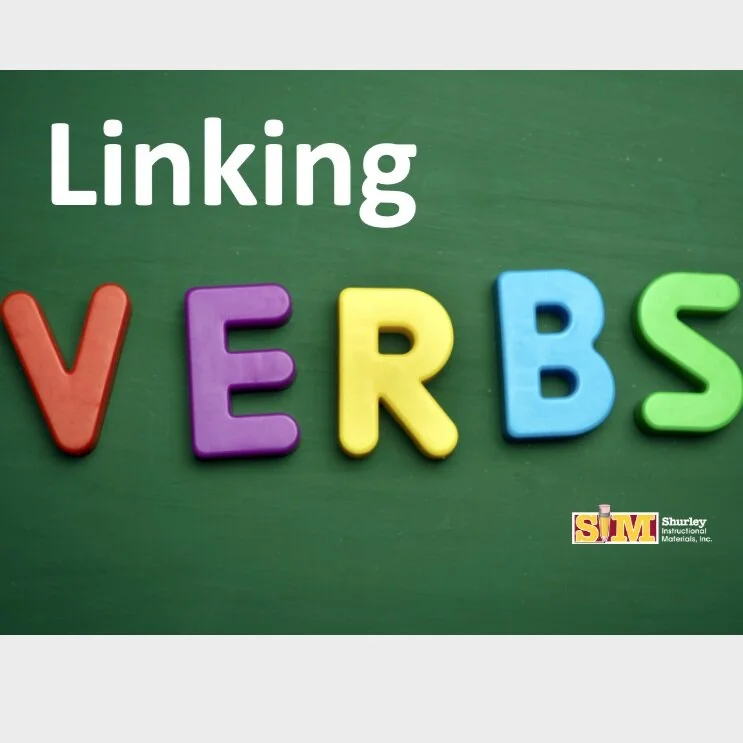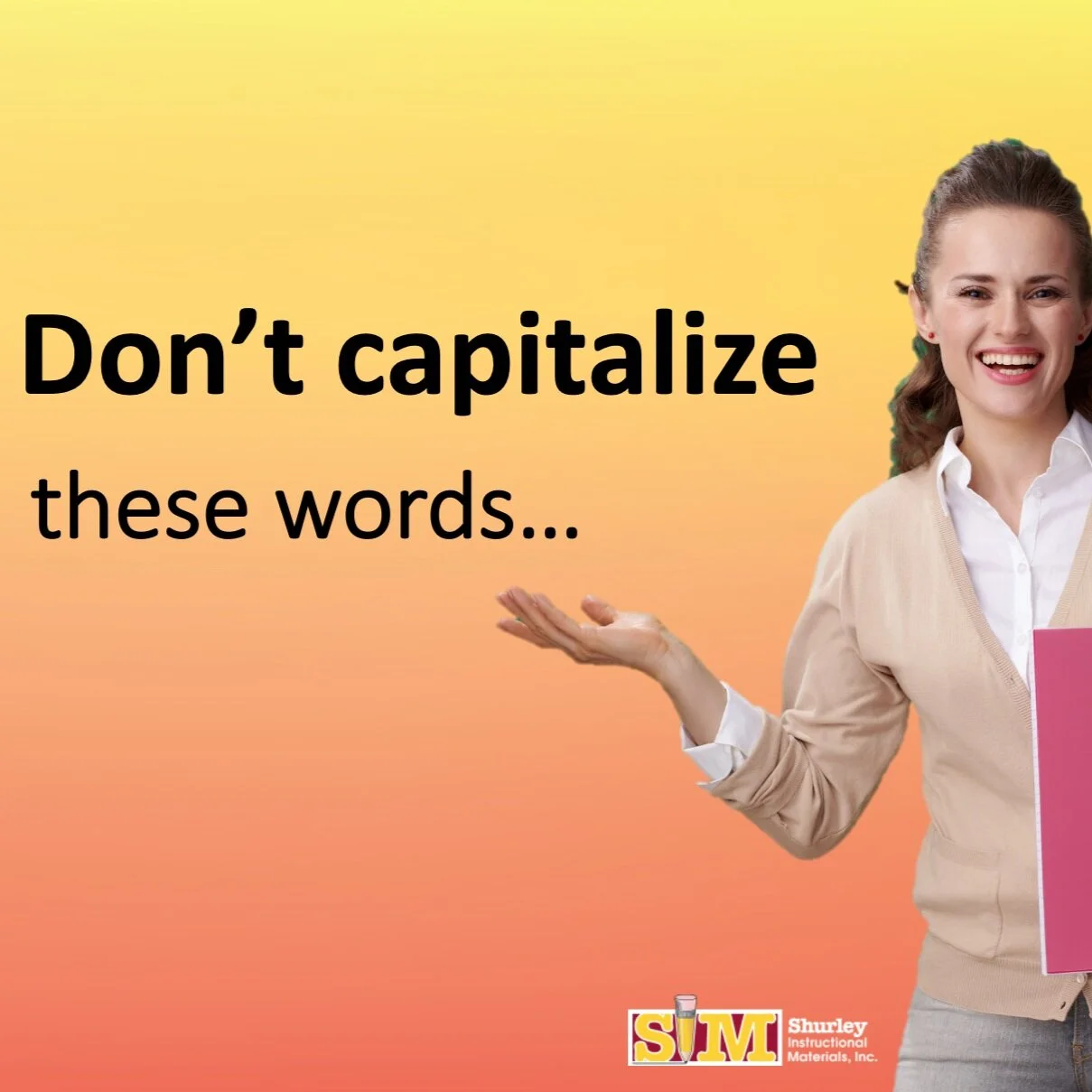Teacher Evaluations: What's the point?
/If a teacher evaluation was optional, would you volunteer? I’m sure that many of you have already answered with an emphatic “no,” but you should probably reconsider. Why? Research consistently shows that effective teaching is the single most important factor contributing to student academic achievement. It’s such a game-changer that many states require performance-based teacher evaluations, focusing on a teacher’s planning, teaching, assessing, and quality of student learning.
Ideally, a teacher evaluation is performed by a well-trained, qualified observer and is meant to provide constructive, actionable feedback that accurately identifies a teacher’s strengths as well as areas in which they need to improve. These opportunities help all teachers to become good teachers and good teachers to become even better. But, not every teacher has the opportunity to go through scheduled and unscheduled visits designed to review and rate teacher performance and effectiveness.
So, how do you know if you’re up to par and contributing to student academic success without a teacher evaluation? What about self-evaluation?
Unfortunately, we are not in the best position to evaluate ourselves. It’s true. While it might be easy to point out the things we do well, it’s a lot more difficult to identify and correct our weaknesses and our blind-spots! According to Gallup research in StrengthsFinder 2.0, a weakness is defined as an area where less talent exists. We usually don’t enjoy activities that require our areas of lesser talent, so we creatively avoid them, work around them, or stay away from them all together. (Example: I’m not a language arts expert, so I avoid giving my students writing assignments. I wouldn’t know how to grade them or provide useful feedback anyway!) Another dilemma we all face is called a blind-spot. Gallup defines a blind-spot as a trait derived from one of our natural talents that causes us to overlook important considerations. Simply put, a blind-spot is the over-use or abuse of a talent, and it can have an adverse effect on the individual and others. (Example: I love teaching science, but I spend so much class time talking about the lesson that my students often don’t have time to ask questions or complete their assignments.) Since weaknesses and blind-spots can stand in the way of effective teaching and student learning, partnering with a qualified observer can help you identify, manage, and improve them in order to grow as an individual and become more effective in the classroom.
If you have the opportunity to receive periodic teacher evaluations, consider yourself fortunate and carpe diem! These opportunities serve to develop your skills and help you master the art of effective teaching! If you don’t have the opportunity to be evaluated, ask your school administrator for help. Homeschool educators might consider locating a licensed, certified evaluator in your state to provide valuable input. Keep in mind that there are many helpful tools available online, including research-based teacher evaluation rubrics and/or frameworks to follow. Making yourself aware of your strengths, weaknesses, and blind spots is just the beginning. Proven guidelines and professional evaluations will help you achieve success!







